How people told time before clocks
Imagine a world where the tick-tock of a clock was an unknown sound, where time was not dictated by the mechanical devices we rely on today. In this world, people had to depend on natural indicators and innovative tools for timekeeping.
These methods were not only about knowing when to start or end a task but also about understanding the rhythm of life itself. It’s a fascinating journey to explore the evolution of timekeeping from nature’s cues to the gadgets we now take for granted.
The Role of the Sun: Nature’s Original Timekeeper

The sun has been mankind’s most reliable timekeeper since the dawn of civilization. Its predictable path across the sky provided a natural way to divide the day into morning, noon, and evening.
Ancient cultures, from the Egyptians to the Romans, used the sun’s position to schedule daily activities. This celestial movement was, and still is, a universal guide, affecting everything from agriculture to religion.
Sundials: Shadows and Sunlight
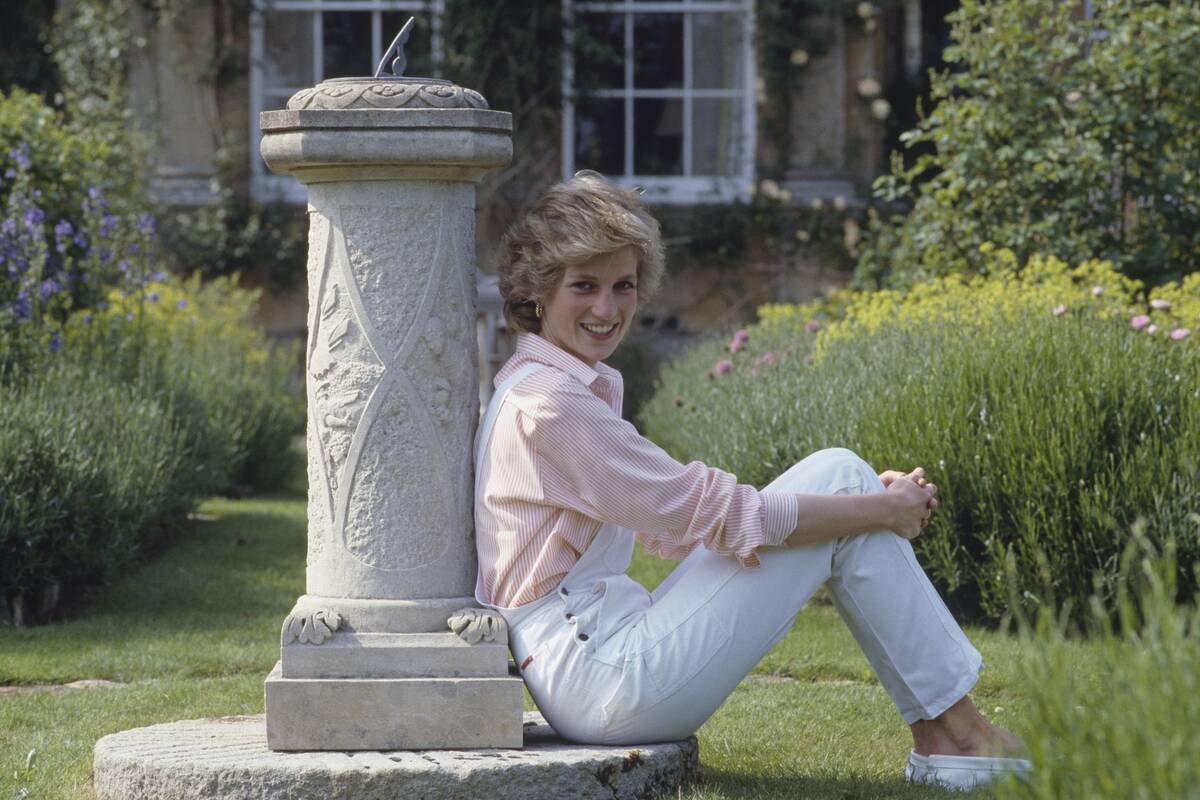
Sundials are one of the earliest devices invented to harness the sun’s power for timekeeping. By casting shadows on a flat surface marked with hour lines, sundials allowed people to estimate the time of day accurately.
These devices were not only practical but also beautifully crafted pieces of art. The ancient Greeks and Romans popularized sundials, with many variations found across different cultures, each adapting the design to their latitude and climate.
Water Clocks: The Flow of Time
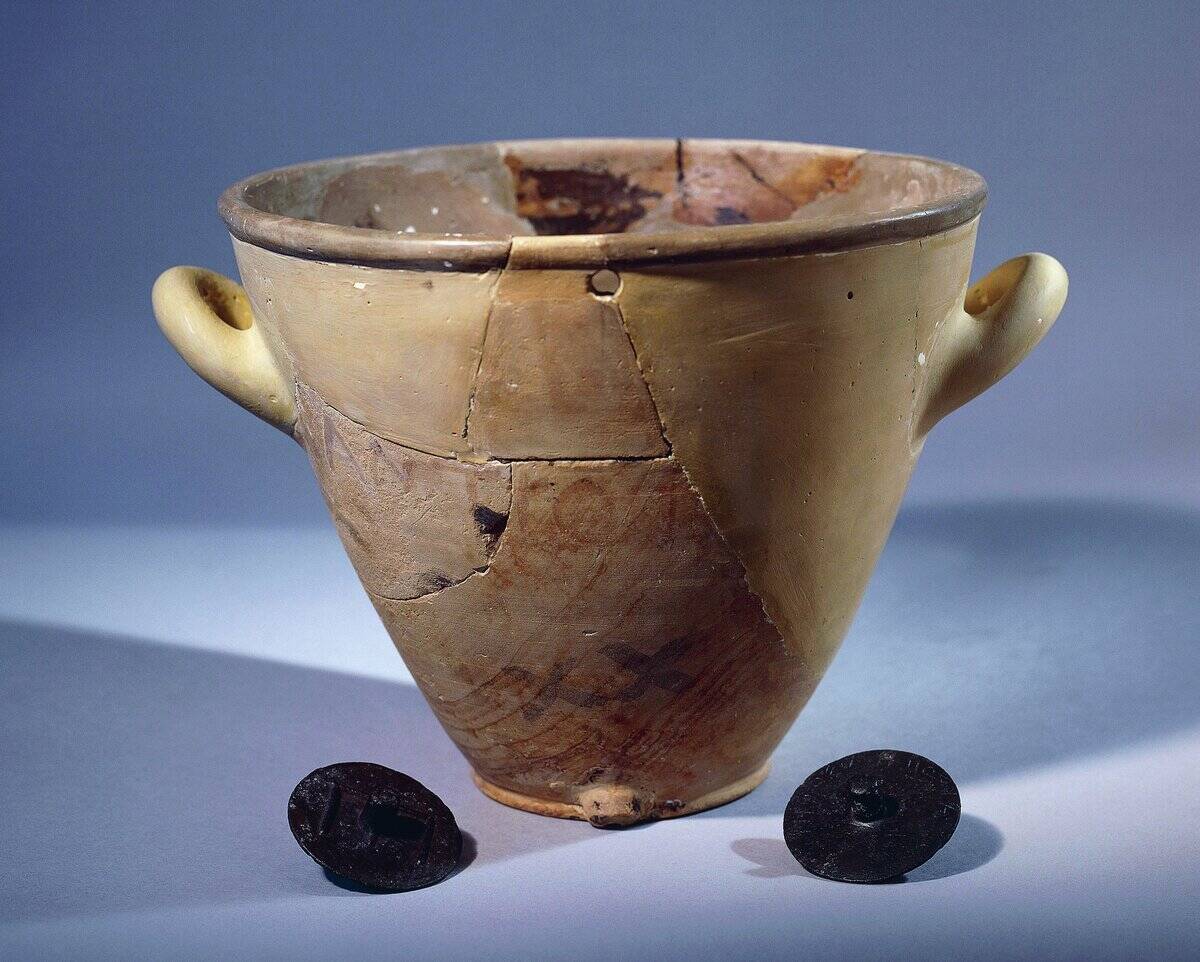
Water clocks, or clepsydras, were an ingenious solution for measuring time when the sun was not visible. By controlling the flow of water from or into a vessel, these clocks provided a consistent measure of time that was crucial for ancient ceremonies and judicial proceedings.
The ancient Egyptians and Chinese were pioneers in utilizing water clocks, demonstrating the universal need to quantify time beyond the daylight hours.
Candle Clocks: Burning Time Away
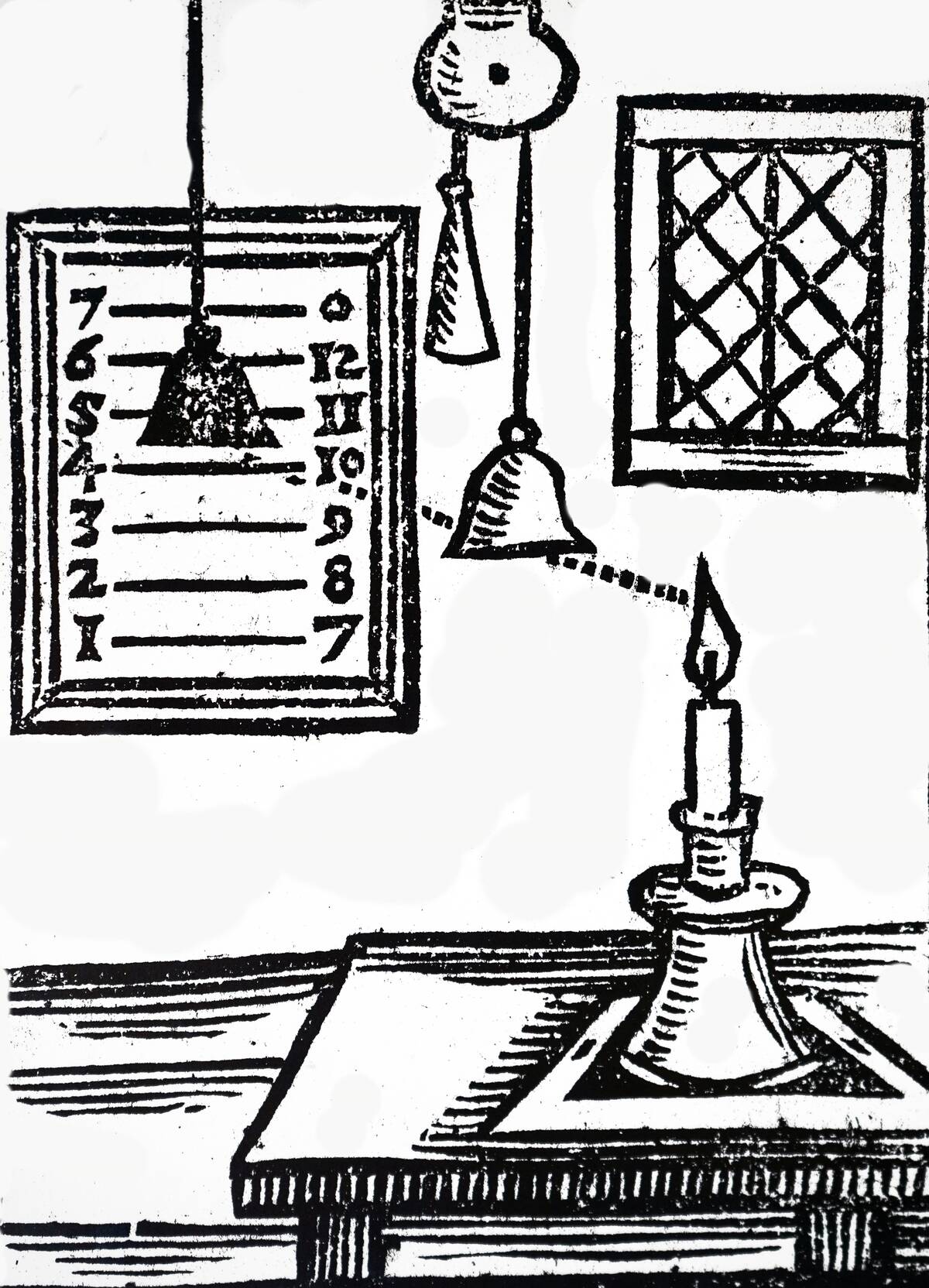
Candle clocks offered a simple yet effective method of timekeeping, especially in the absence of sunlight or water. These clocks worked by marking a candle with intervals, often decorated with ornate designs, which melted away as time passed.
Used predominantly in medieval times, candle clocks were a testament to human ingenuity, allowing people to keep track of time even during the darkest hours.
Hourglasses: The Sands of Time
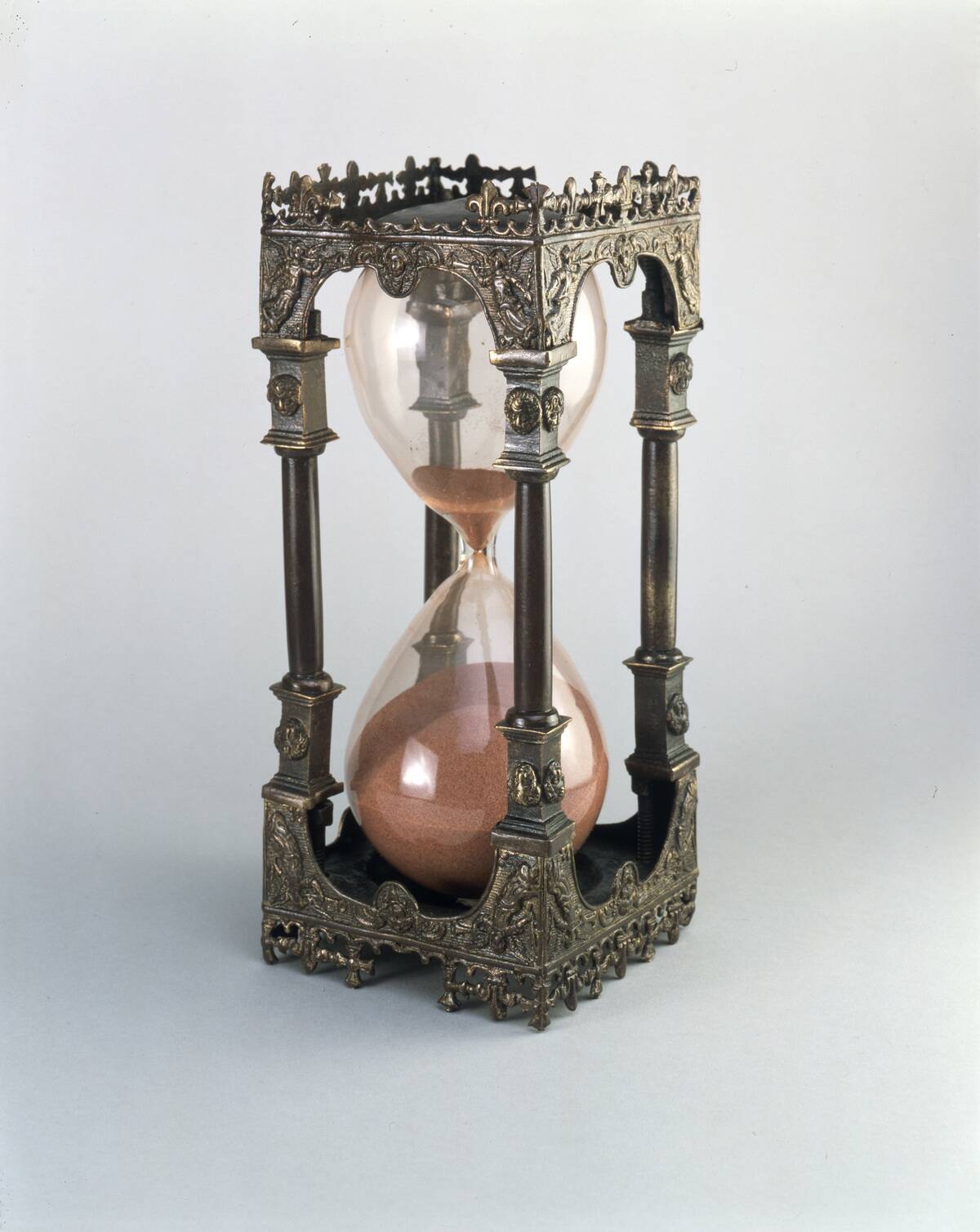
Hourglasses, with their flowing sands, became a symbol of the passage of time and an essential tool in various aspects of life.
Known for their precision and simplicity, hourglasses were commonly used in maritime navigation and in churches to measure sermon lengths. Their iconic image still resonates today, reminding us of the ephemeral nature of time and its relentless progression.
Astrolabes: Stars and Timekeeping
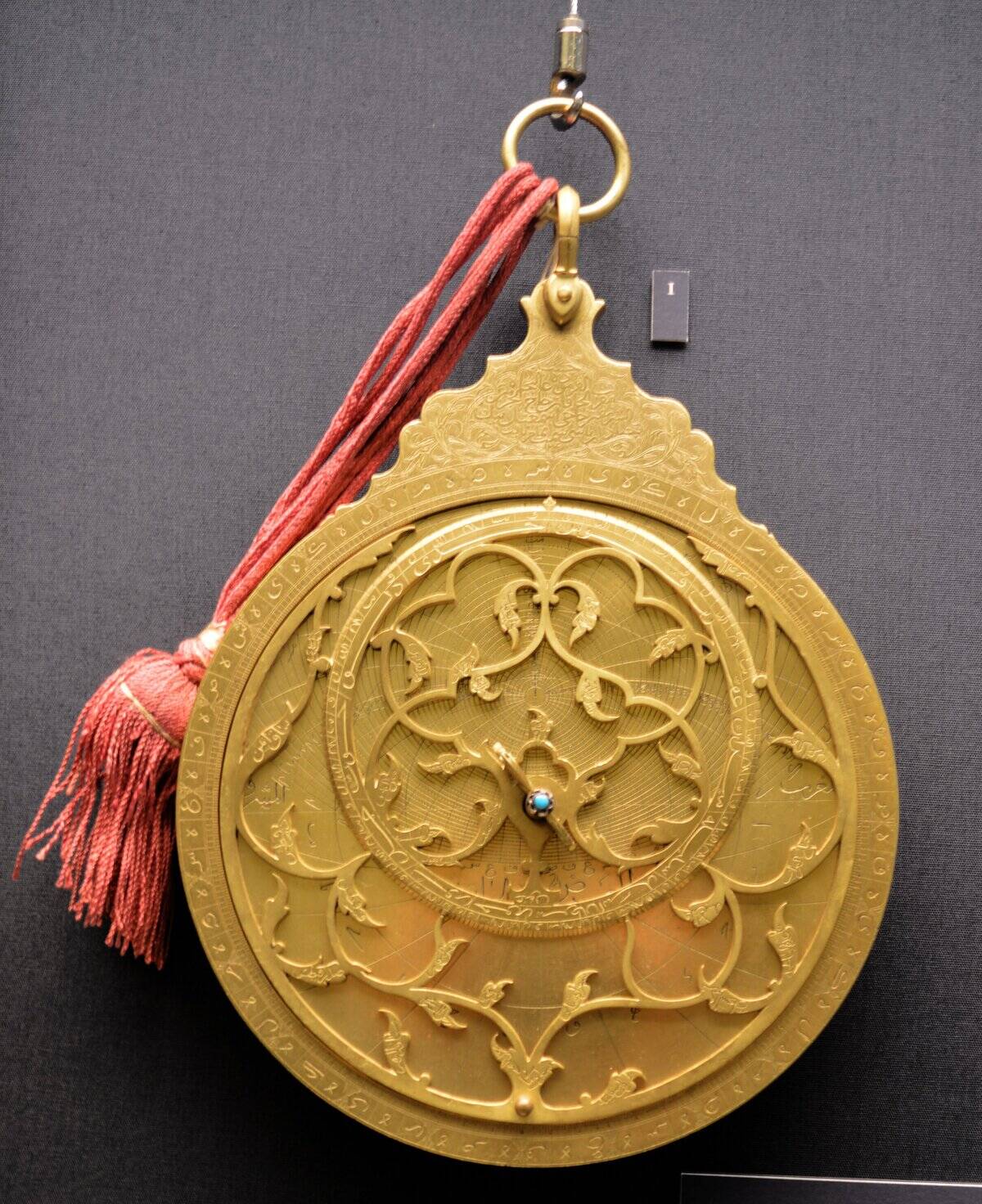
Astrolabes were sophisticated instruments that utilized the position of stars and planets to determine time. Used by astronomers and navigators, these devices combined artistry with functionality.
The Islamic Golden Age saw the astrolabe reach its zenith, with scholars refining its design and application. Astrolabes not only told time but also helped in navigation and in understanding the heavens above.
The Moon’s Phases: A Monthly Calendar

Before the advent of modern calendars, the moon’s phases provided a natural way to track the passage of months. Many ancient cultures, including the Babylonians and Mayans, developed lunar calendars based on the moon’s 29.5-day cycle.
This celestial body influenced agricultural practices, religious festivals, and even social events, underlining its significance in timekeeping across civilizations.
The Use of Incense Clocks in Asia
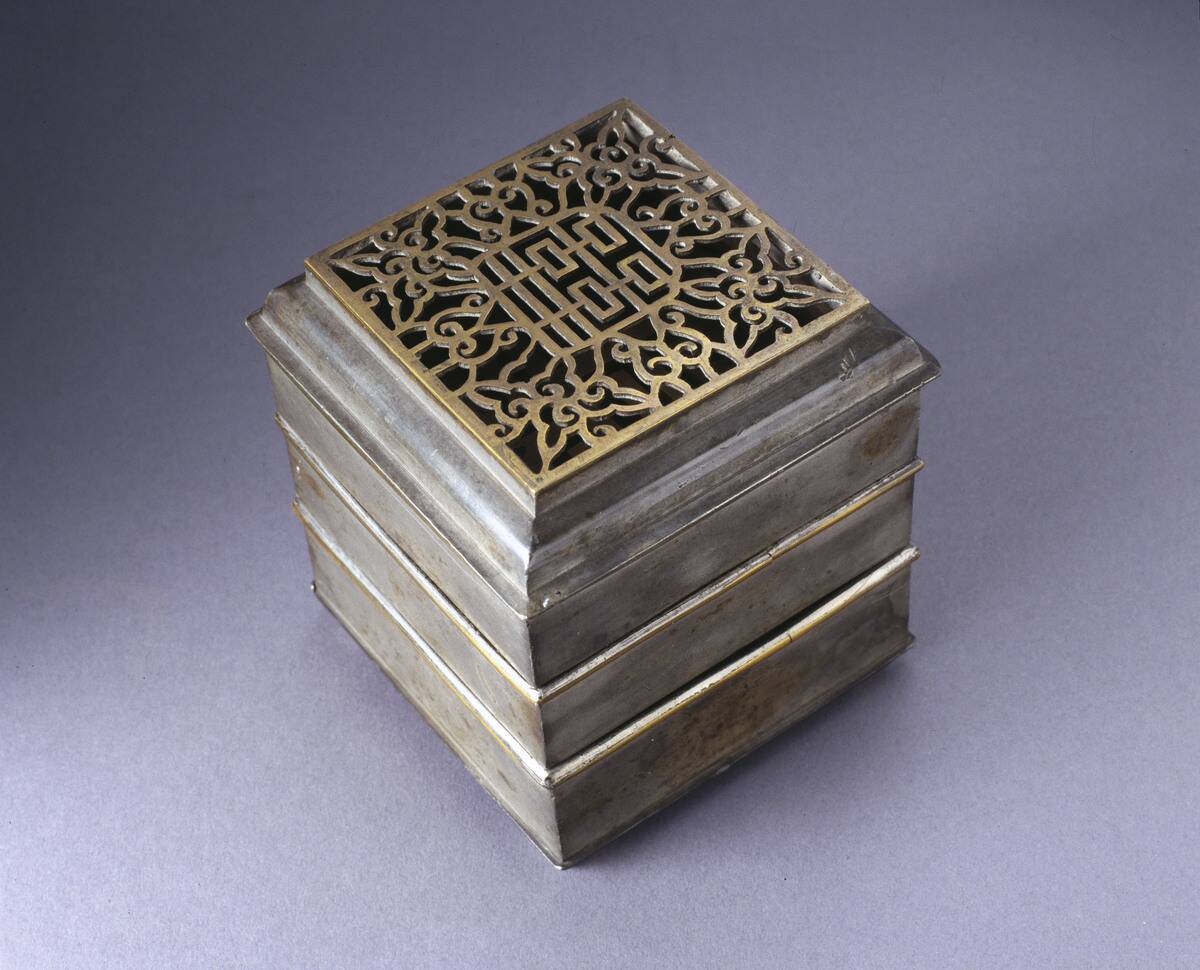
In ancient Asia, incense clocks were a fragrant blend of timekeeping and cultural ritual. These devices used the burning of incense sticks or powders to measure time intervals, often with intricate designs and pleasant scents.
Popular in China and Japan, incense clocks were used in temples and homes alike, marking the passage of time with both visual and olfactory cues.
The Role of the Church: Bells and Time Announcements
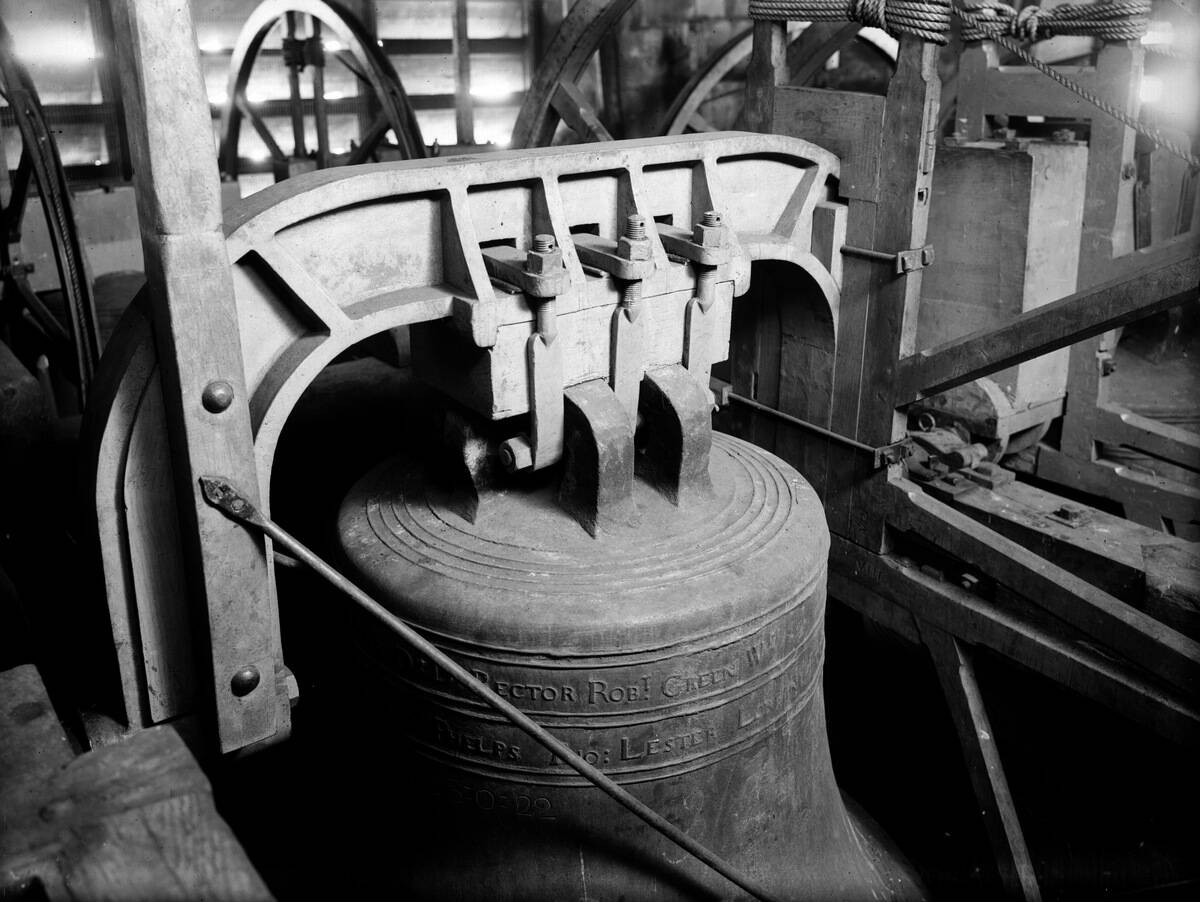
Church bells played a pivotal role in early timekeeping, announcing the hours and calling people to prayer. These bells were often the only reliable time signals in medieval towns, marking not just religious observances but also community events.
The rhythmic ringing of bells structured daily life, creating a shared sense of time and order in an era before personal timepieces were common.



